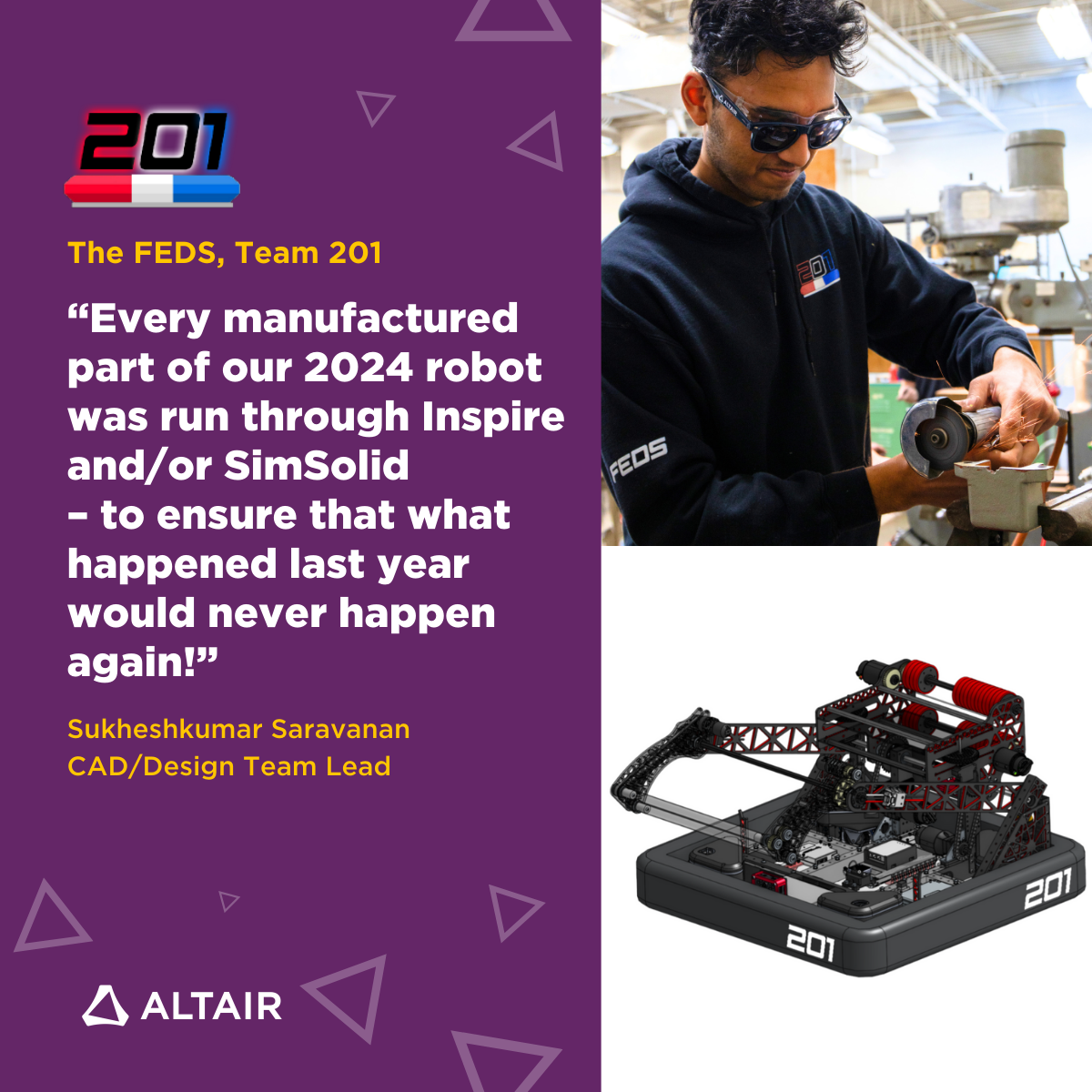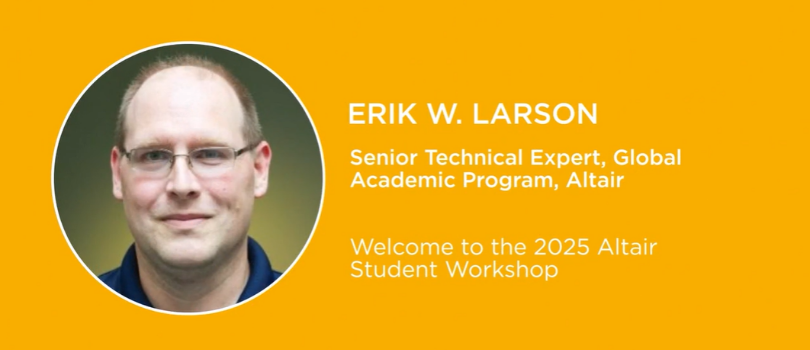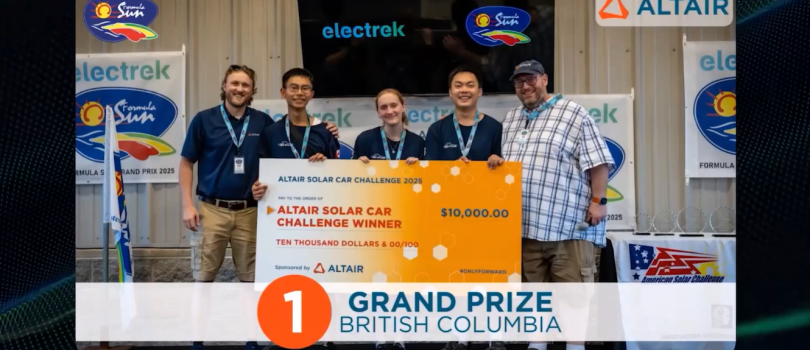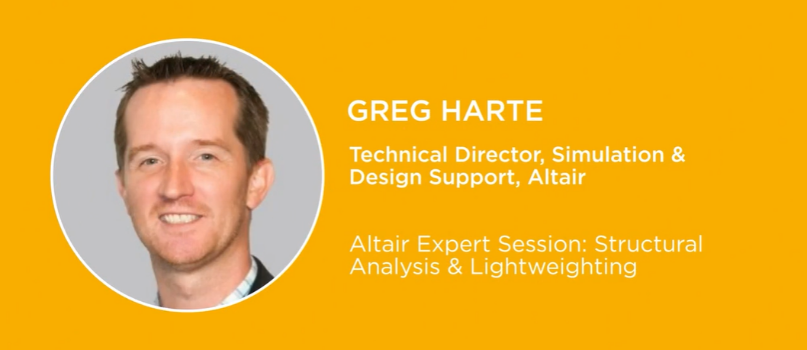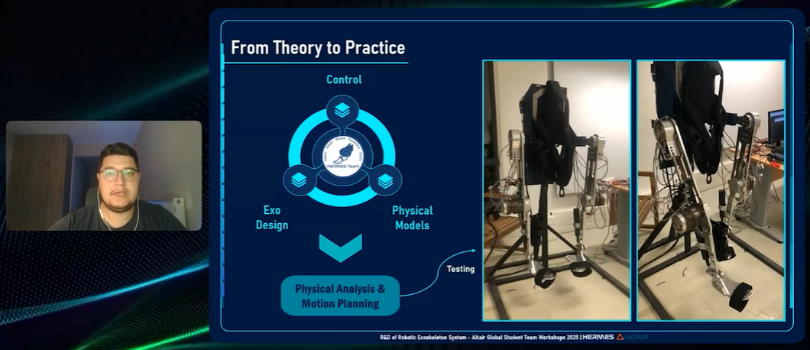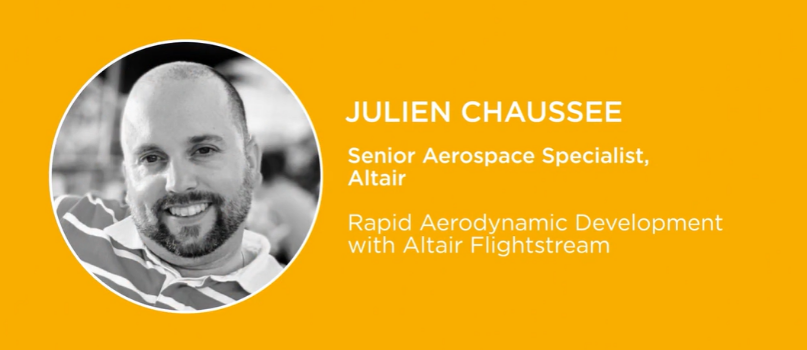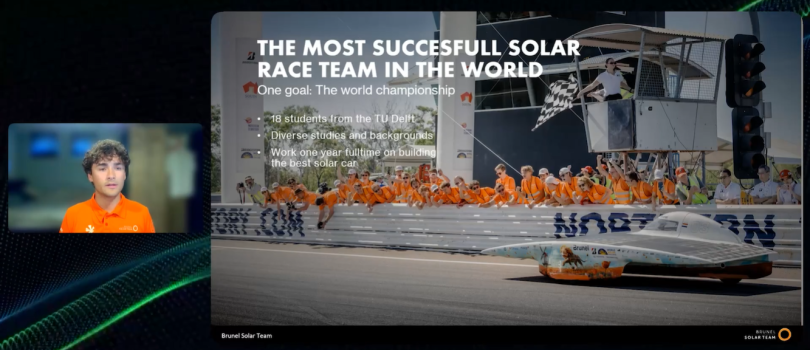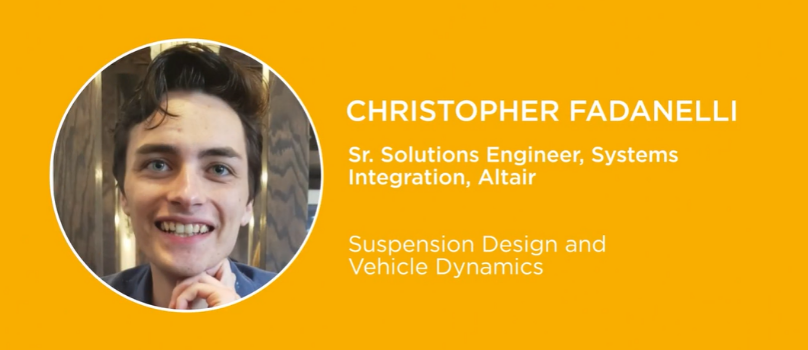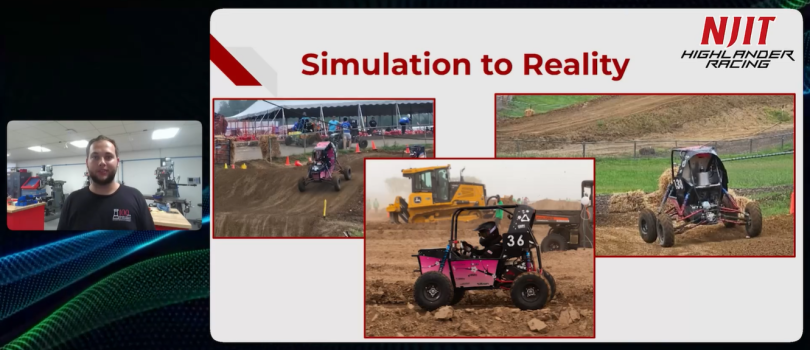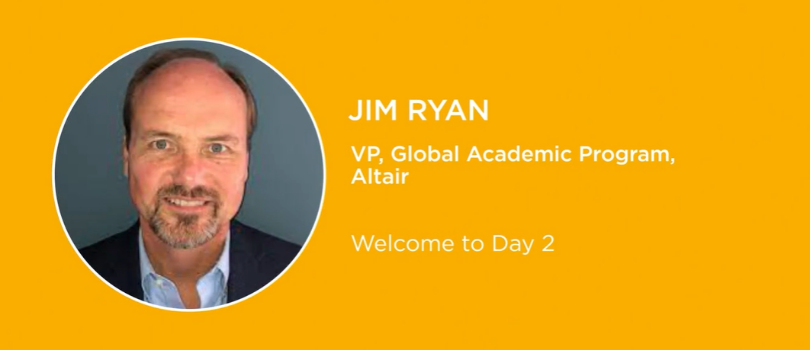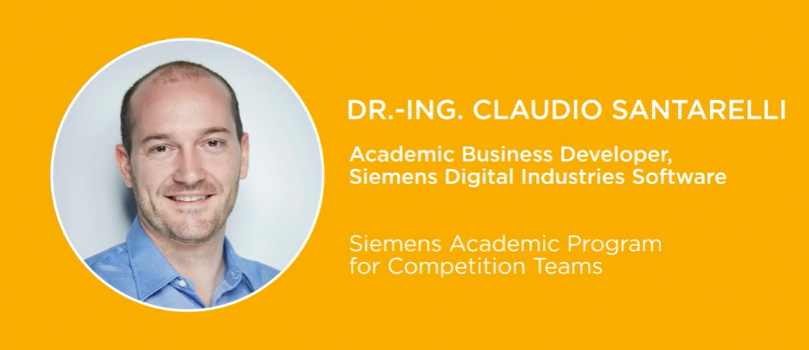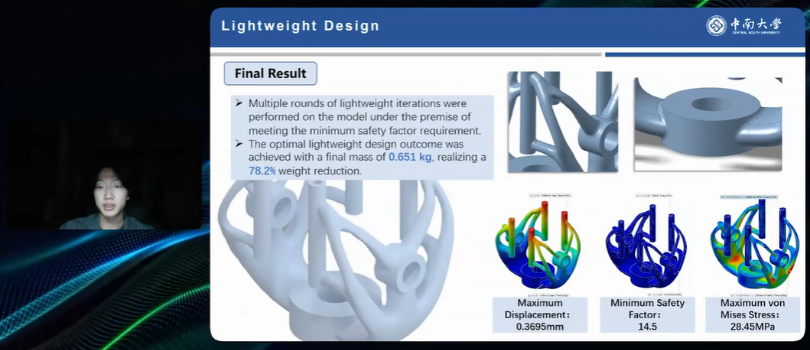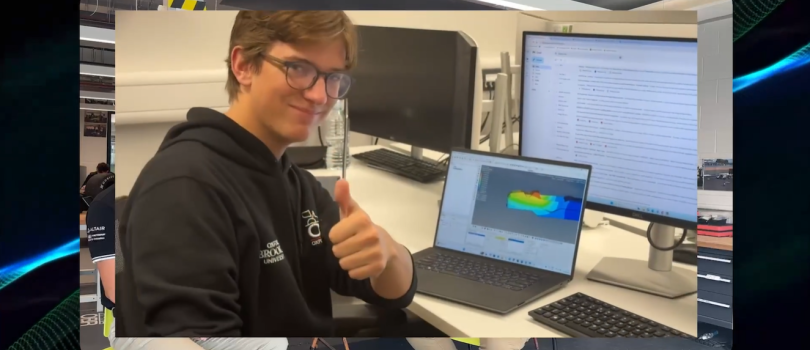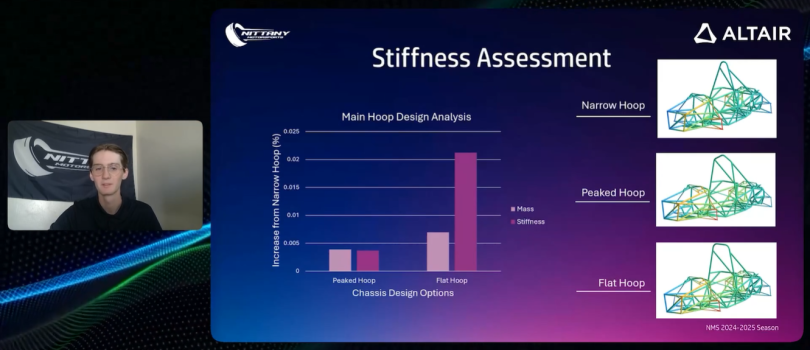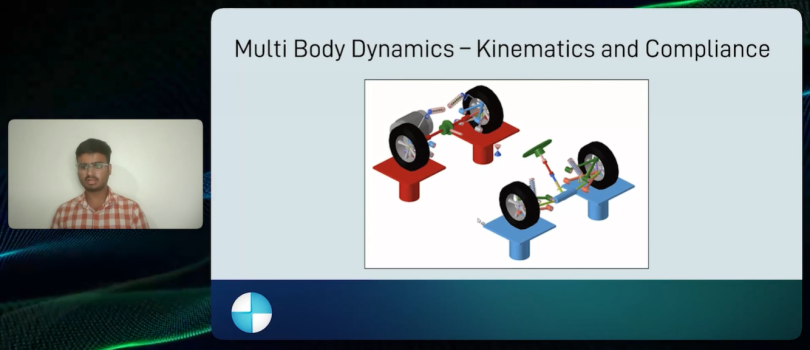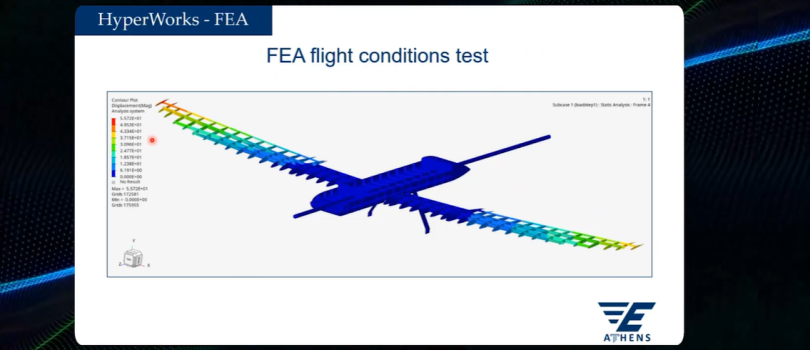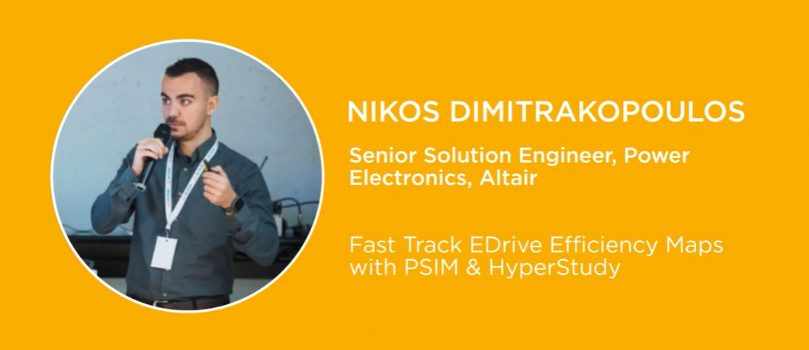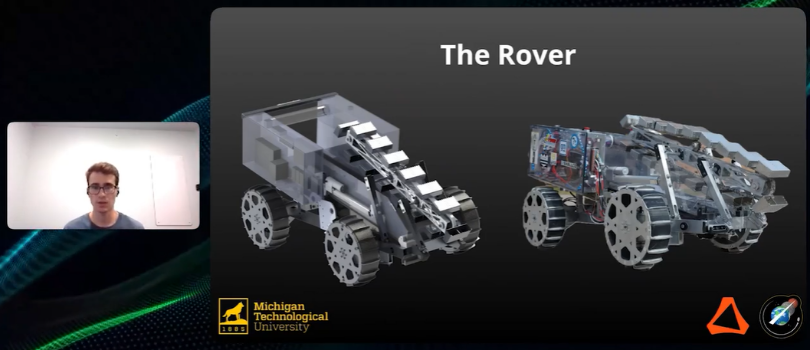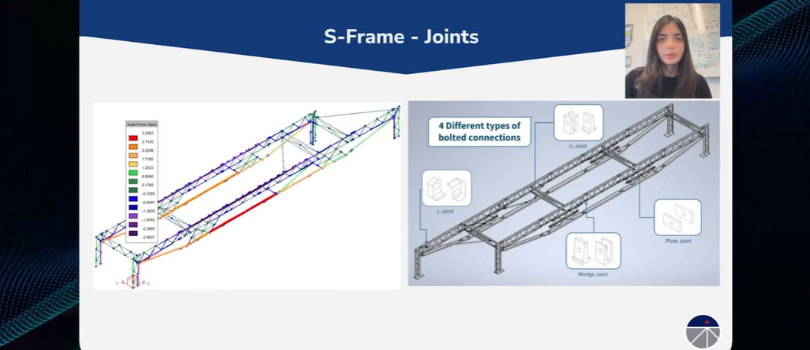Get Sponsorship Licenses for Your Team
Request NowAltair Global Student Team Workshops 2025
Recordings of the Virtual Event (October 7-8, 2025)
Build Better Products Faster. Win More Competitions. Be Real-World-Ready.
See how your team can lightweight components (with topology optimization and composites); analyze aerodynamics to reduce drag; optimize suspension design, steering, and vehicle dynamics & durability; manage electrical power for energy efficiency; and more!
The event features:
-
Student-led sessions from top teams working on vehicles, rovers, satellites, robots, and more -sharing how Altair tools helped them achieve their goals.
-
Altair-led sessions from expert engineers – sharing years of experience with simulation, design optimization, and AI. Including live software demonstrations tailored to competition-related usage scenarios.
Altair Expert
Welcome Day 1 | Altair Software & Support Resources Available to Teams
Team UBC, Canada
Solar Vehicle | Lightweighting (Inspire)
Altair Expert
Structural Analysis, Lightweighting & Motion Dynamics (Inspire, SimSolid, OptiStruct & MotionSolve)
Team NSSUR, Korea
Formula Student Vehicle | Structural Analysis, Lightweighting, CFD Flow Analysis (HyperWorks)
Team HERMES, Greece
Robotic Exoskeletons | Digital Twins, Structural Analysis, Motion Dynamics, Systems Modeling, PCBs, Electronics Cooling (OptiStruct, MotionSolve, Twin Activate, SimLab)
Altair Expert
Aerodynamics (FlightStream)
Team TU Delft Brunel Solar, Netherlands
Solar Vehicle | Reducing Aerodynamic Drag, Rapid Design Iteration (FlightStream)
Altair Expert
Ground Vehicle Dynamics, Suspension Design (MotionSolve, MotionView)
Team NJIT Highlander Racing, USA
Baja SAE | Suspension Design, Kinematics & Compliance, Vehicle Dynamics (MotionSolve, MotionView)
Altair Expert
Welcome Day 2 | Altair Academic Program for Competition Teams
Siemens Expert
Siemens Academic Program for Competition Teams
Team CSU, China
Orbital Intelligent Inspection Robots | Structural Safety, Lightweighting, Data Analysis, Machine Learning, AI (Inspire, Monarch, AI Studio)
Team Oxford Brookes Racing, UK + Altair Expert
Formula ICE Vehicle | Composites (HyperMesh, OptiStruct)
Team PSU Nittany Motorsports, USA
Formula Electric Vehicle | Tubular Chassis Design | Structural Analysis, Rapid Design Iteration with Large Assemblies (SimSolid)
Team Veloce Racing, India
Formula Electric Vehicle | Structural Analysis, Composites, Lightweighting, Kinematics & Compliance, Crash (HyperMesh & OptiStruct, MotionSolve, Radioss)
Team EUROAVIA, Greece
UAVs | Structural Analysis, Lightweighting, Composites, Aerodynamics (HyperWorks)
Altair Expert
Electric Vehicles | Faster eDrive Efficiency Mapping (PSIM, HyperStudy)
Team MTU Astro-Huskies, USA
NASA Lunabotics Challenge: Off-World Rover | Topology Optimization, Design Exploration (Inspire)
Student Team Testimonials
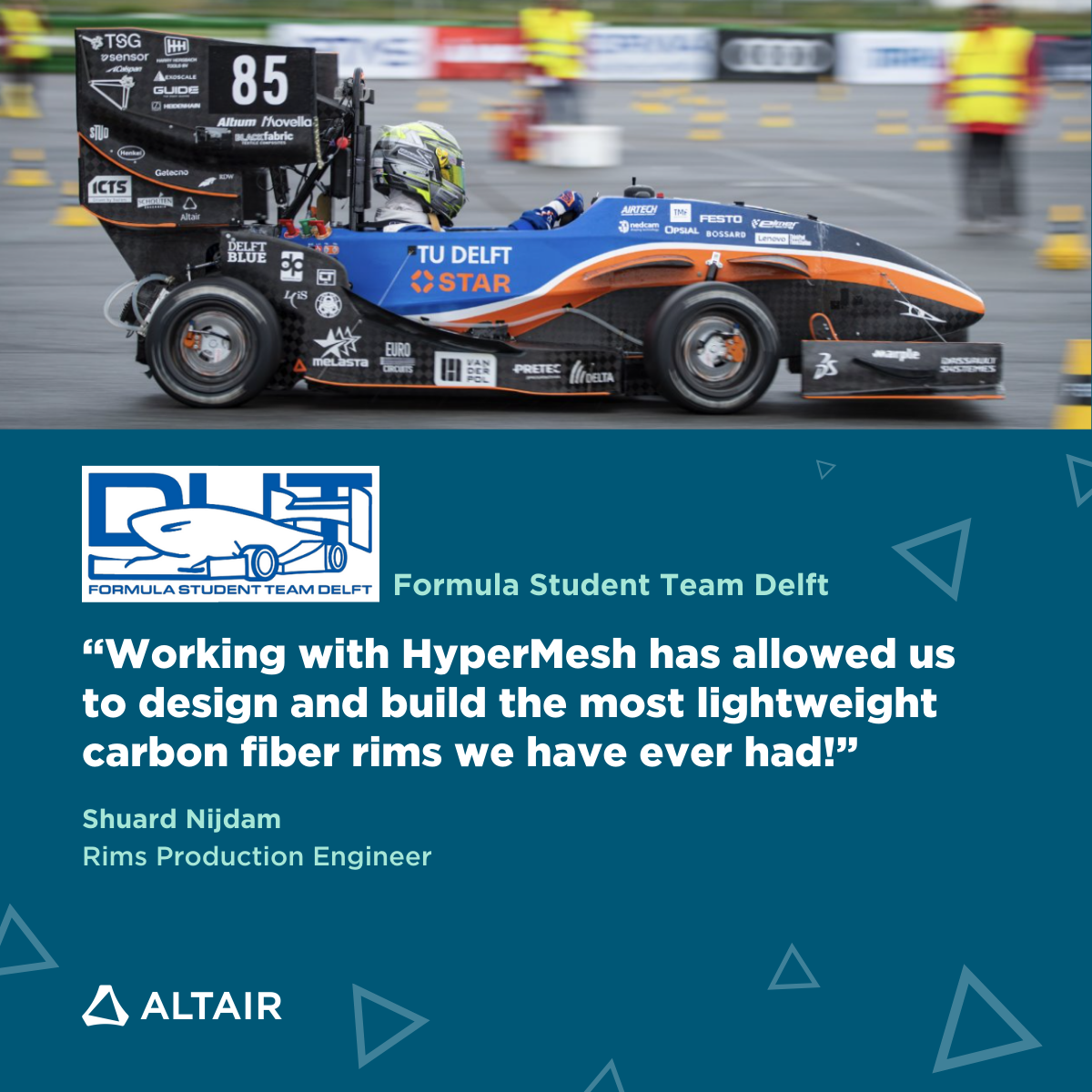
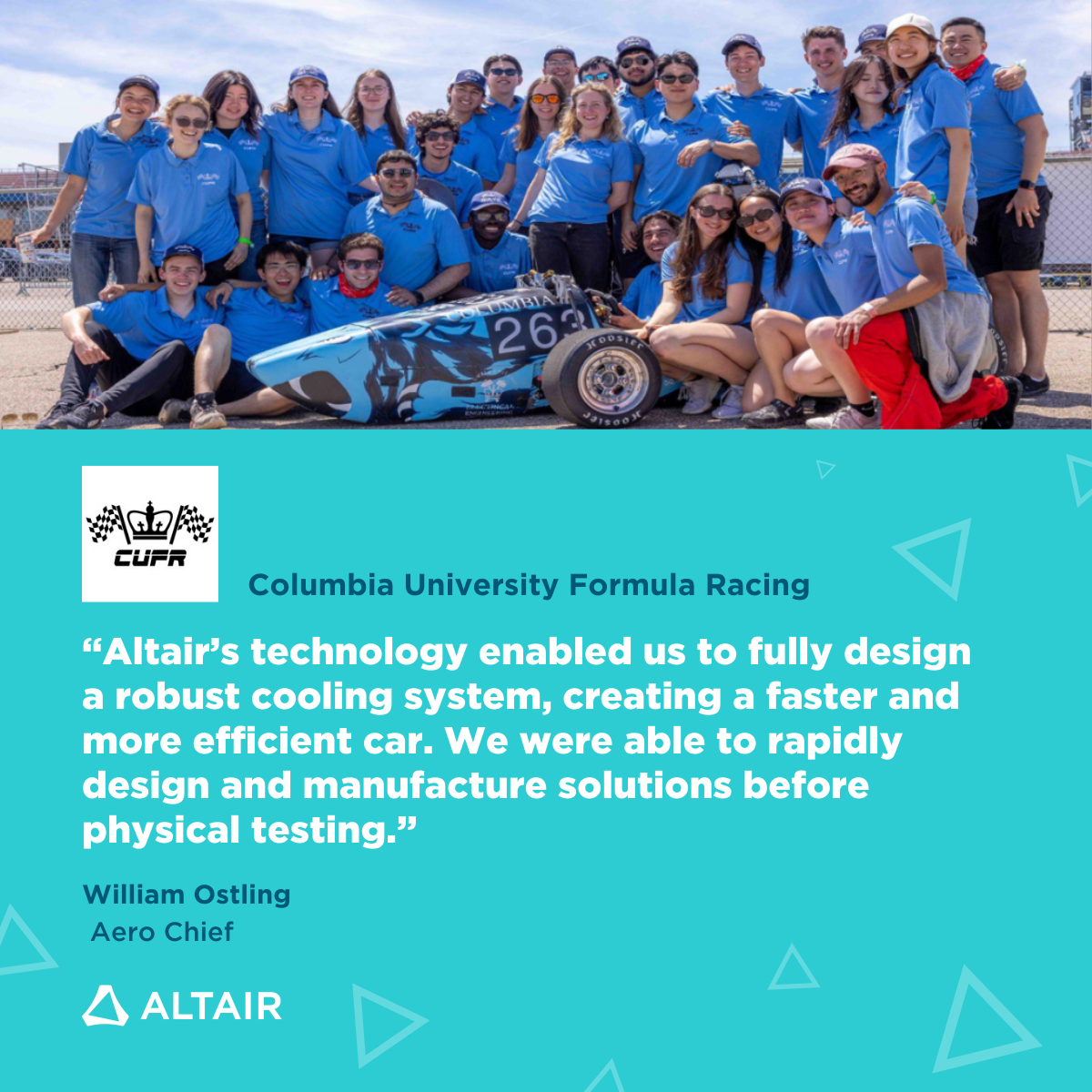
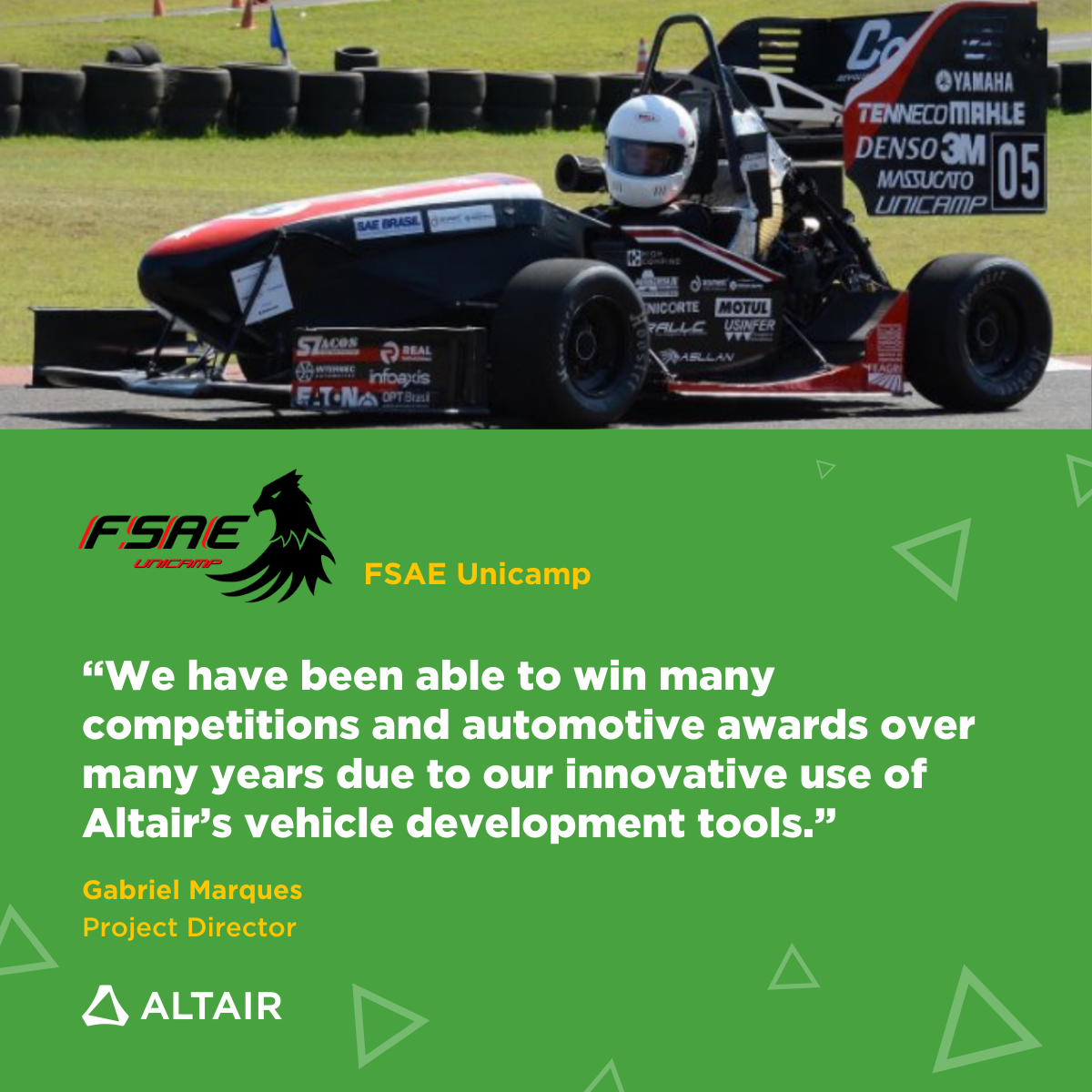
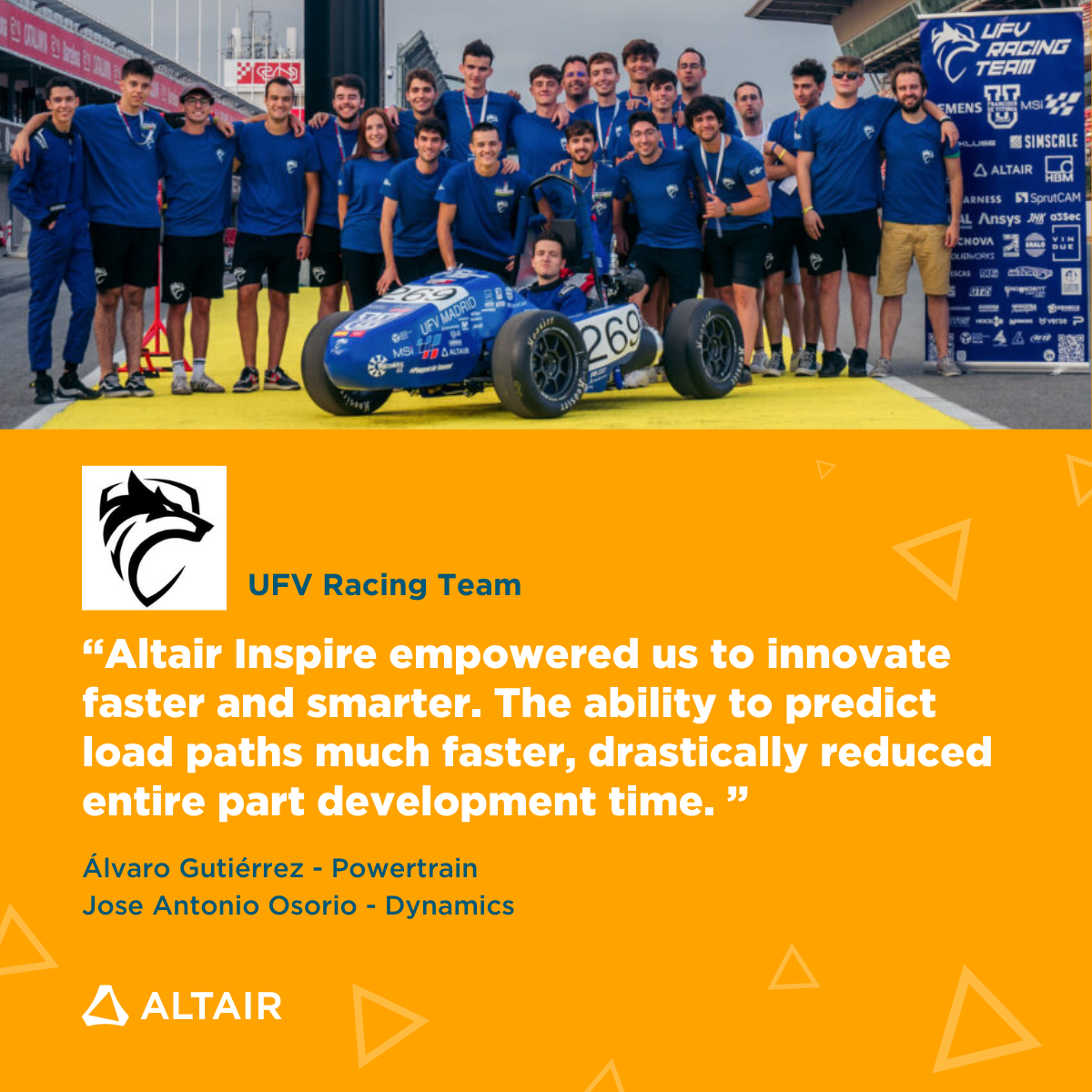
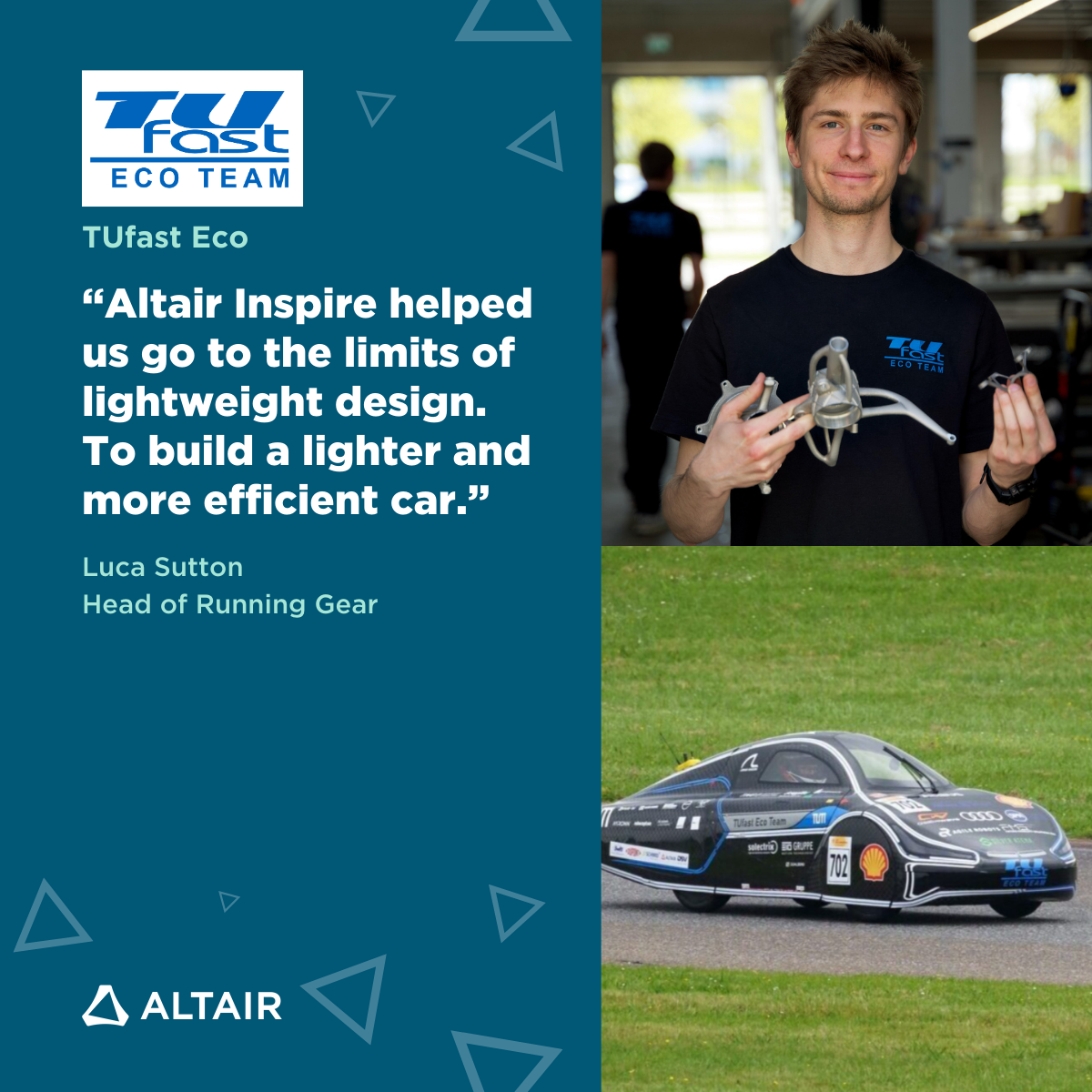
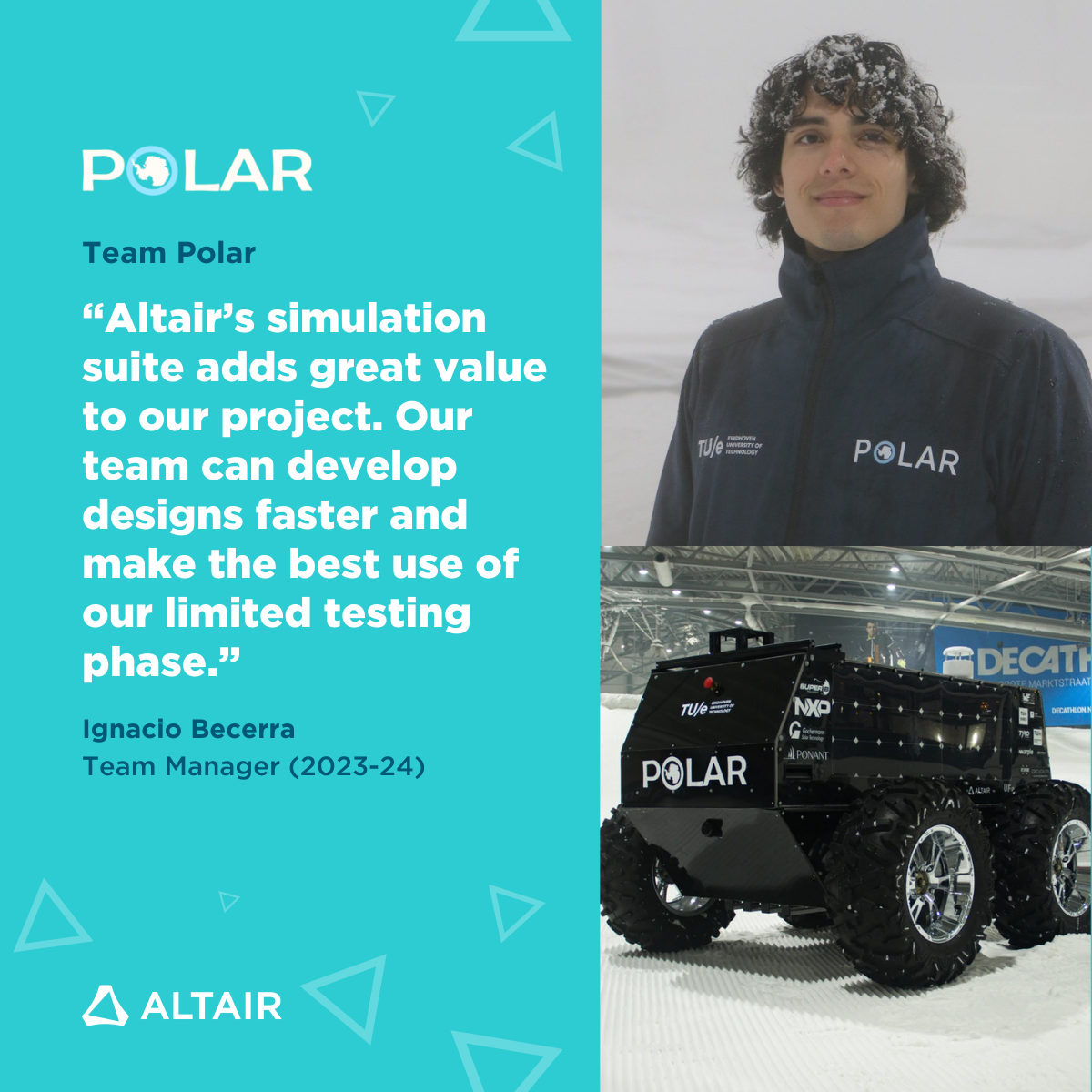
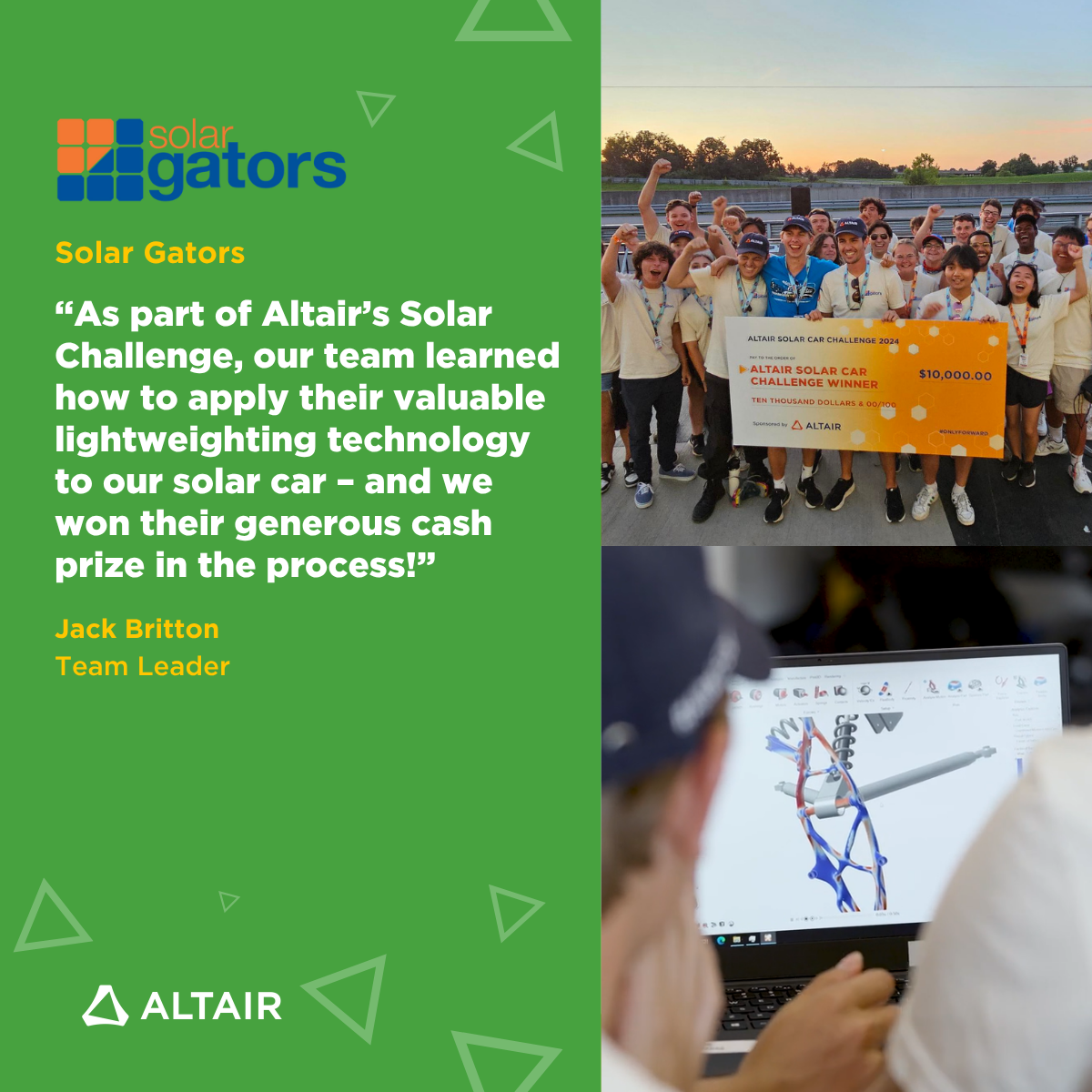
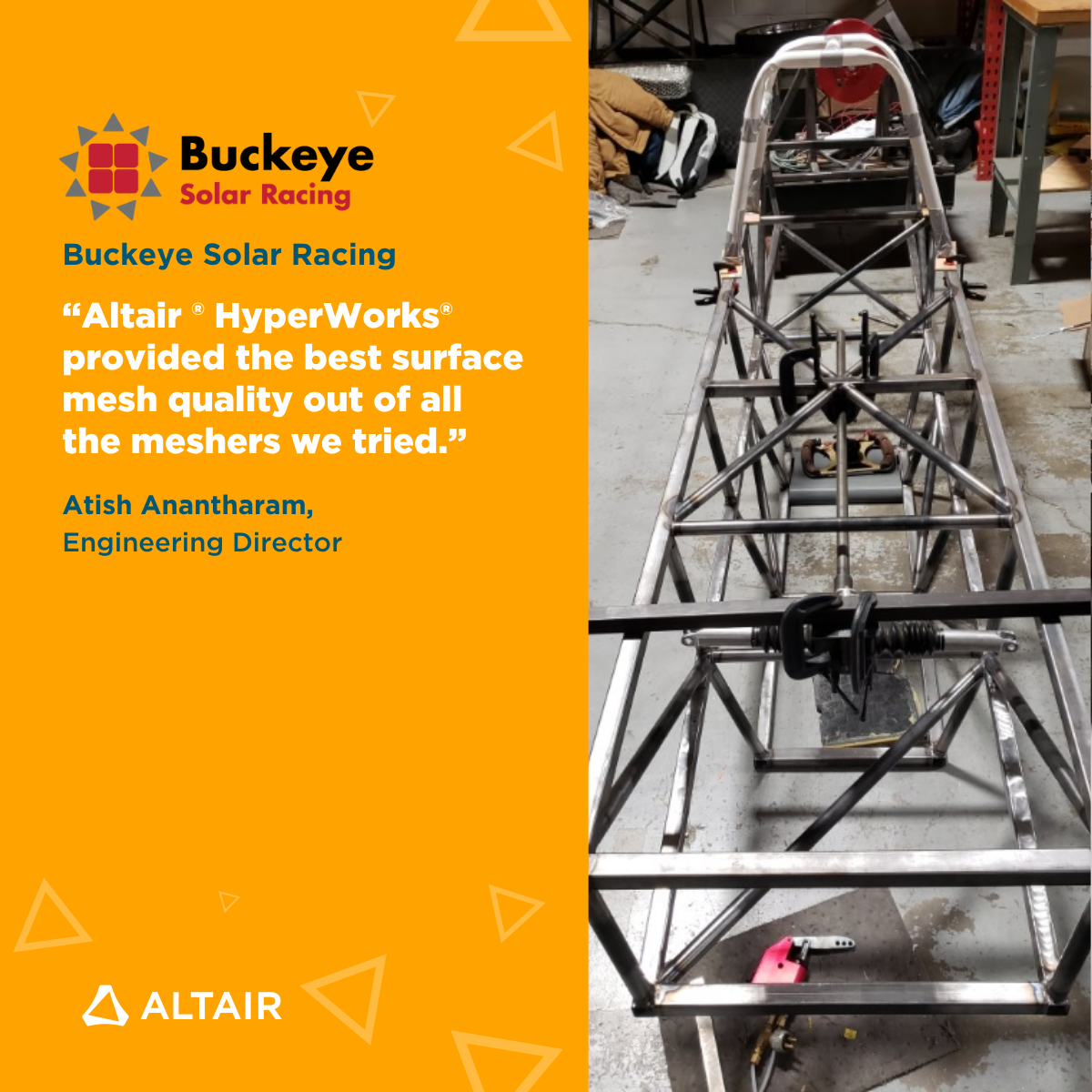
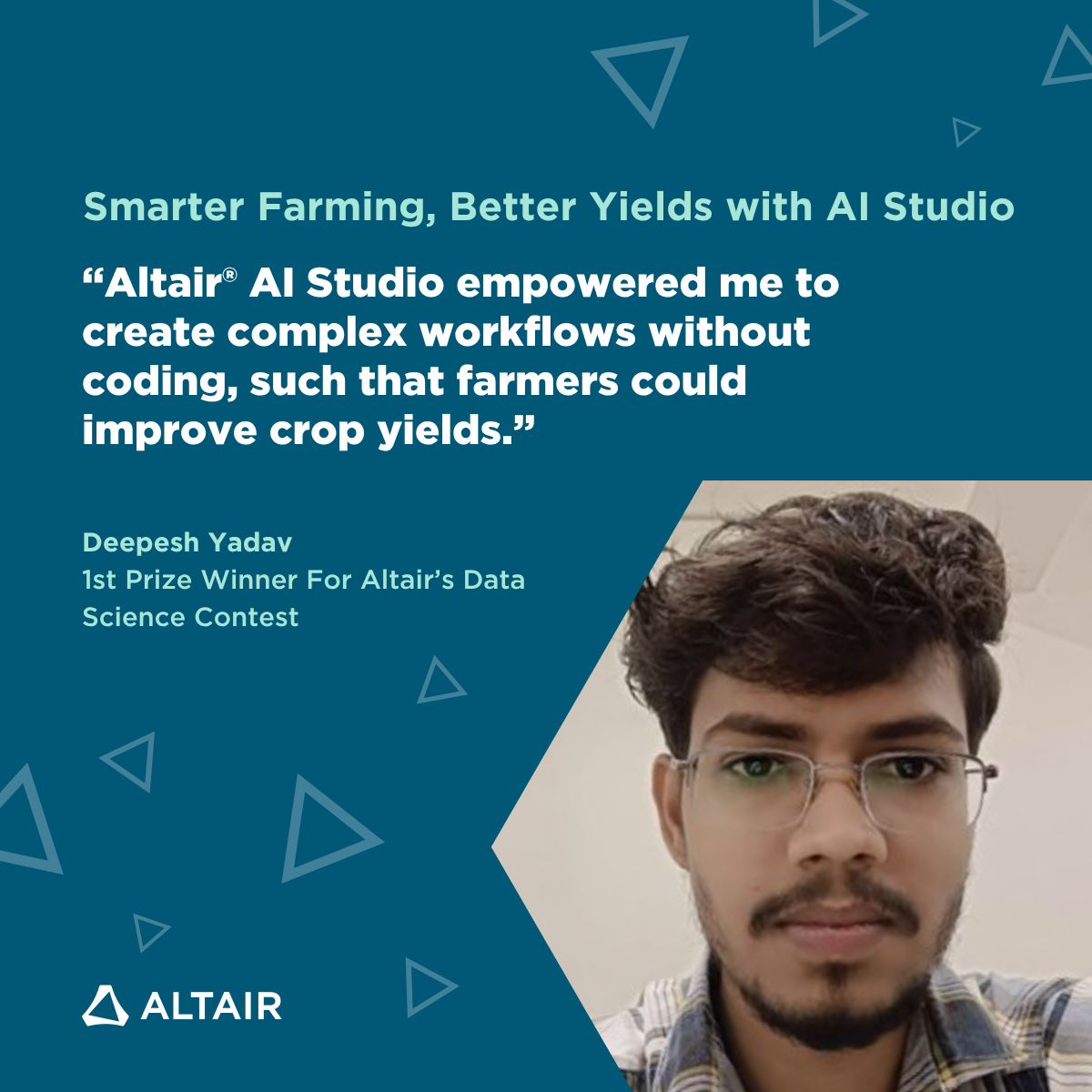
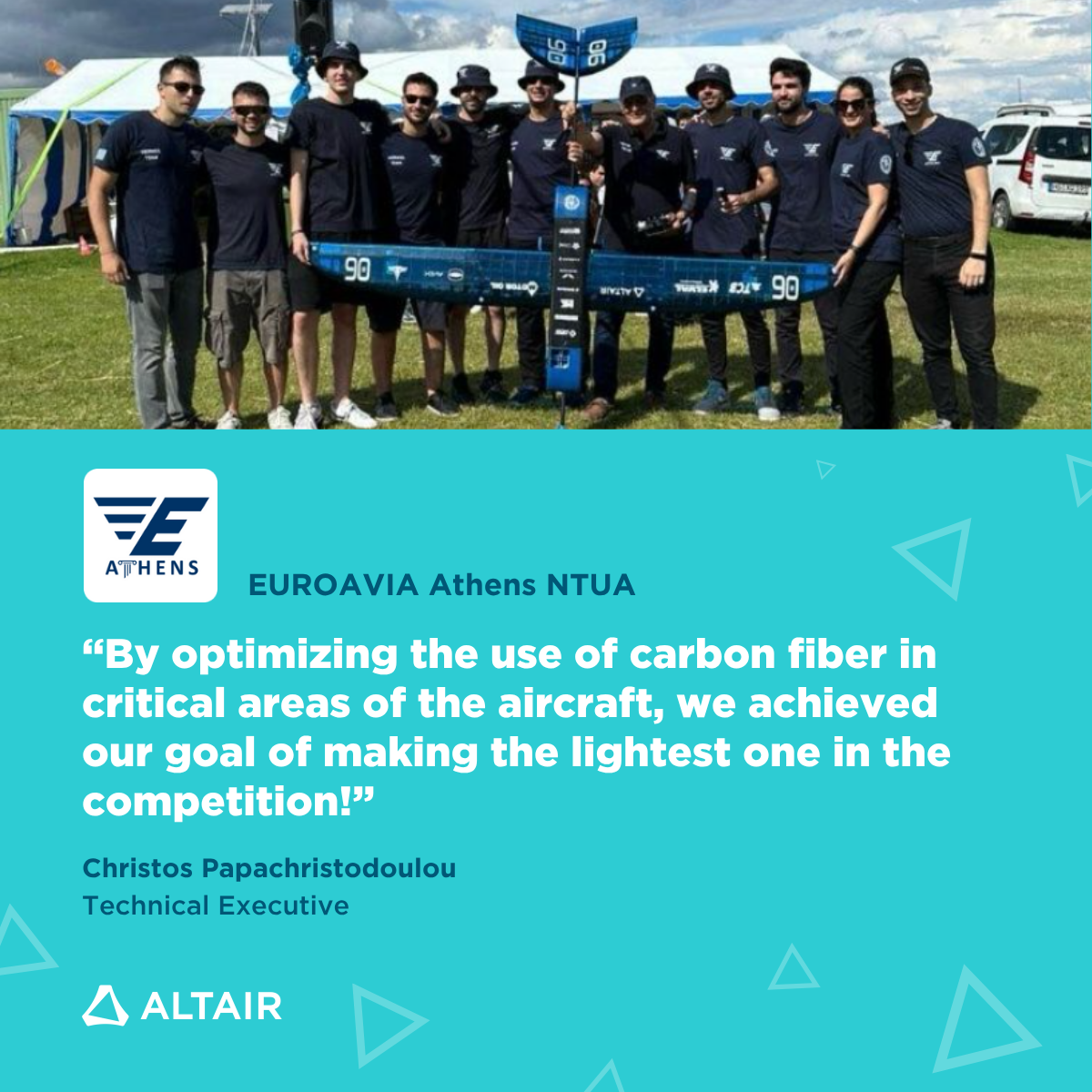
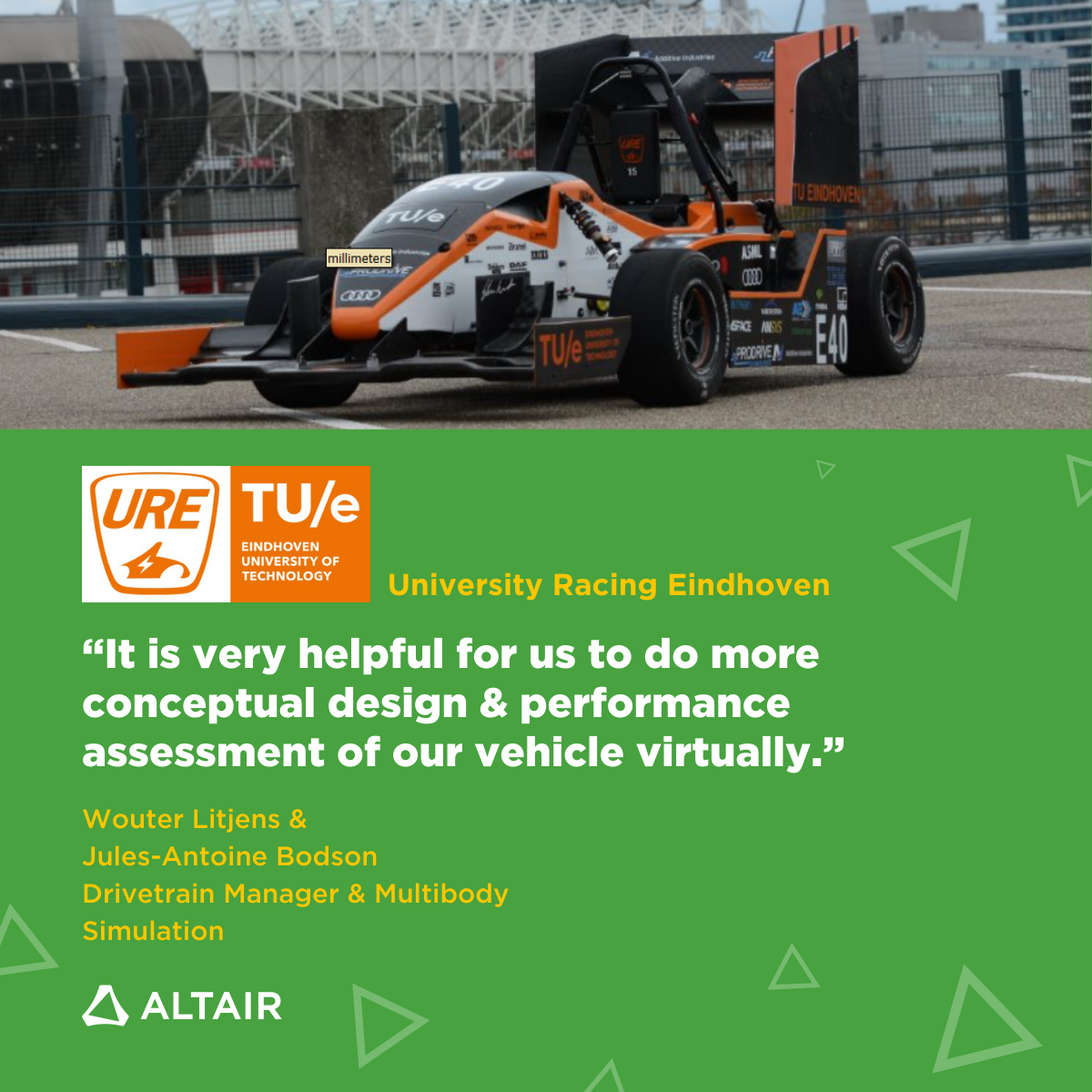
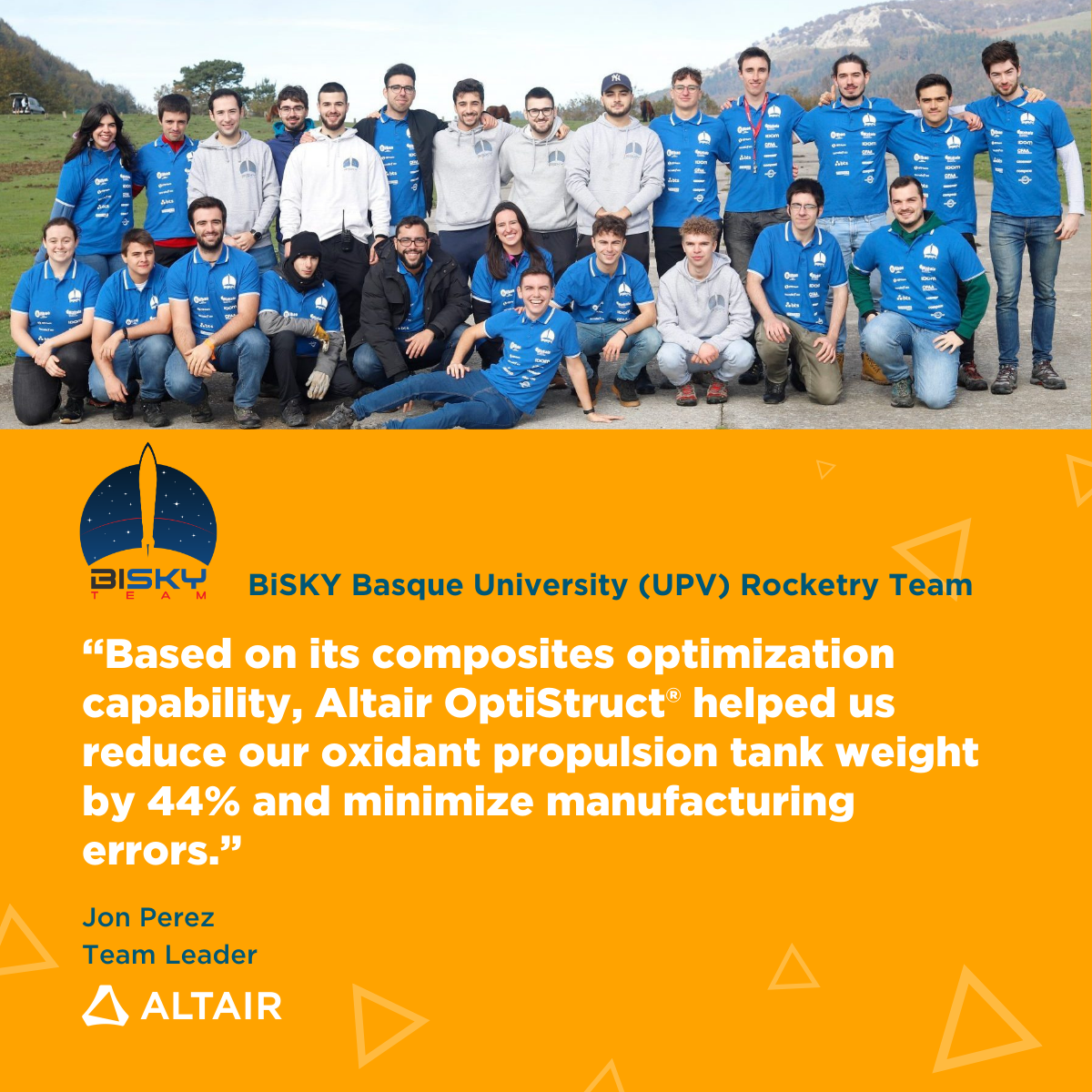
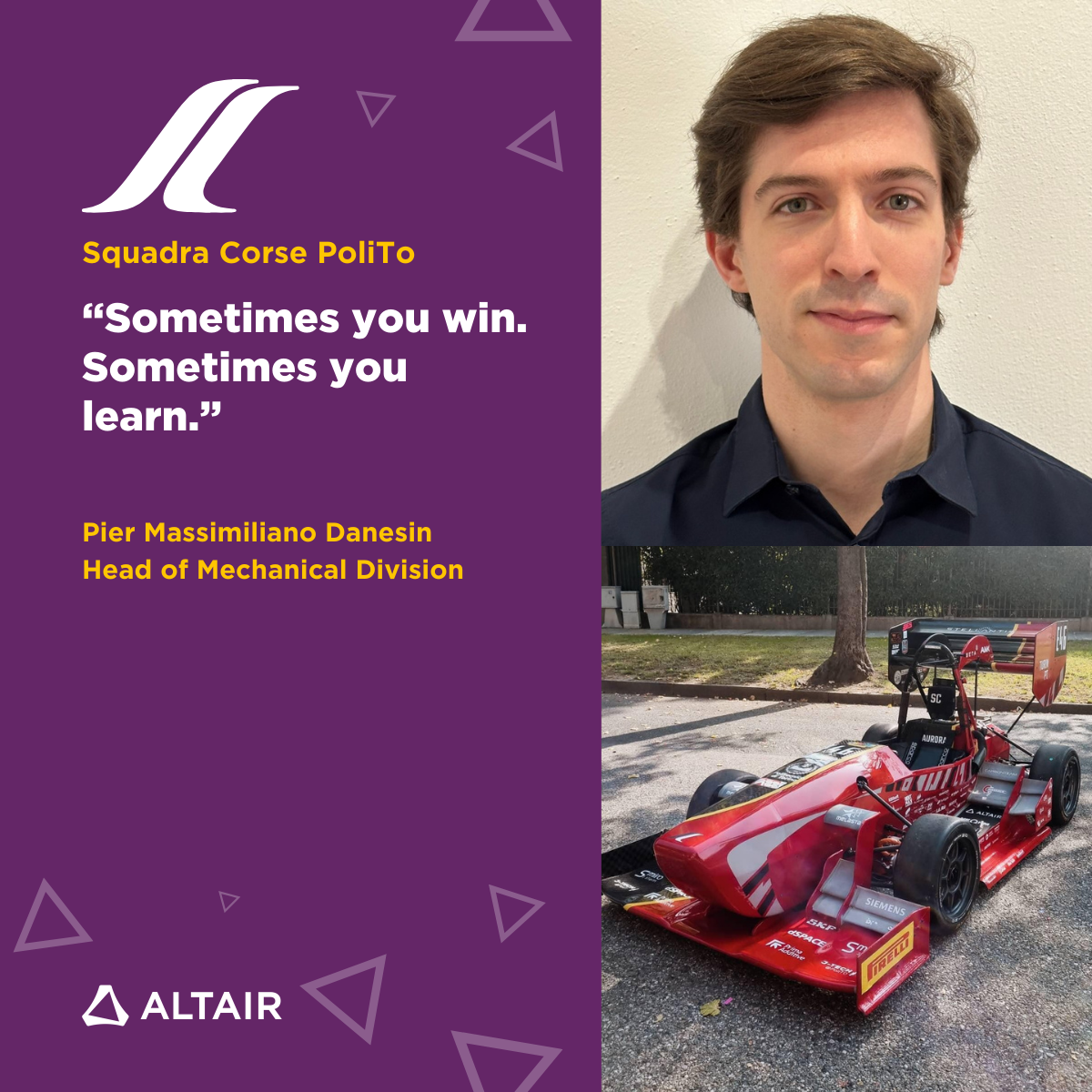
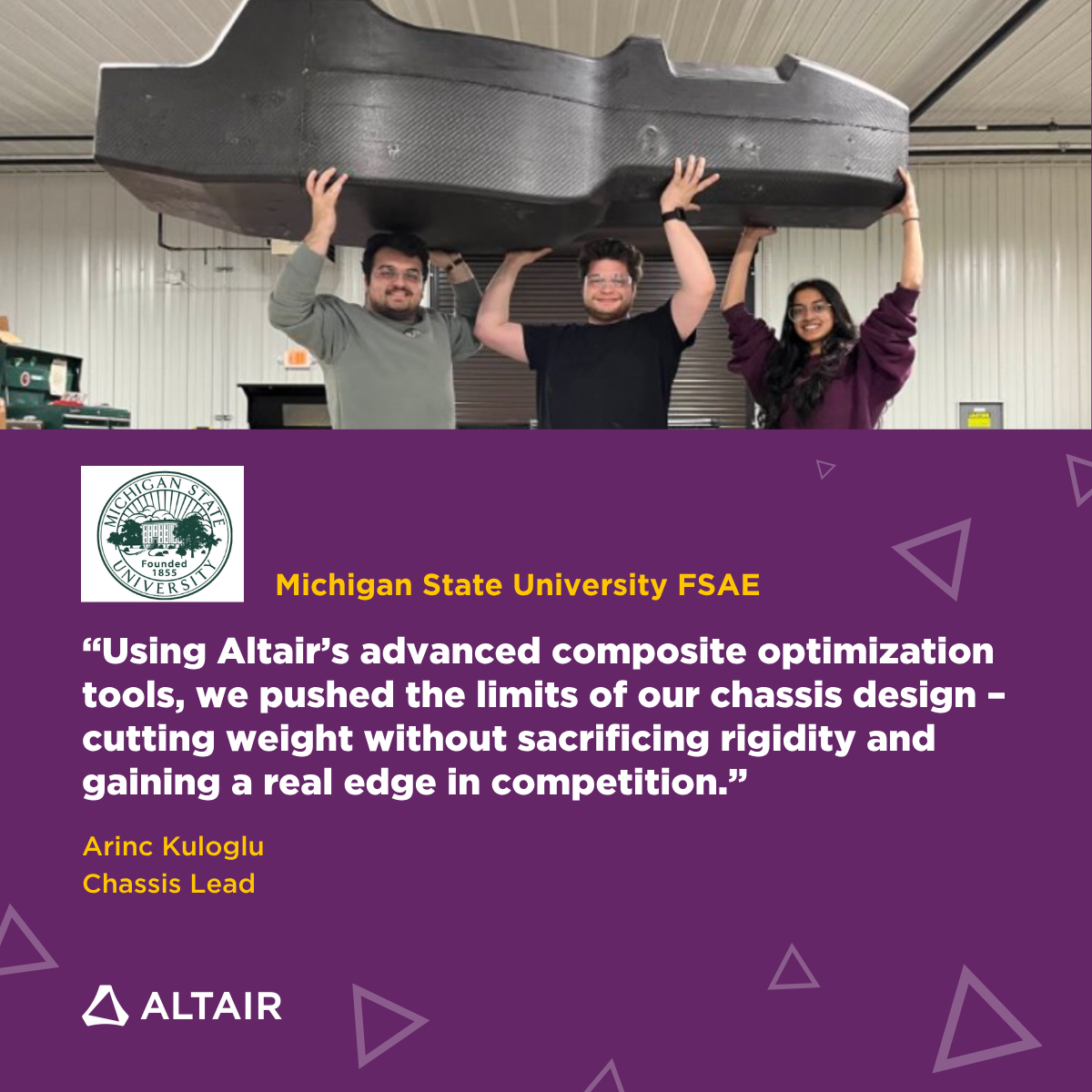
-Sep-03-2025-09-38-07-7003-PM.png)
